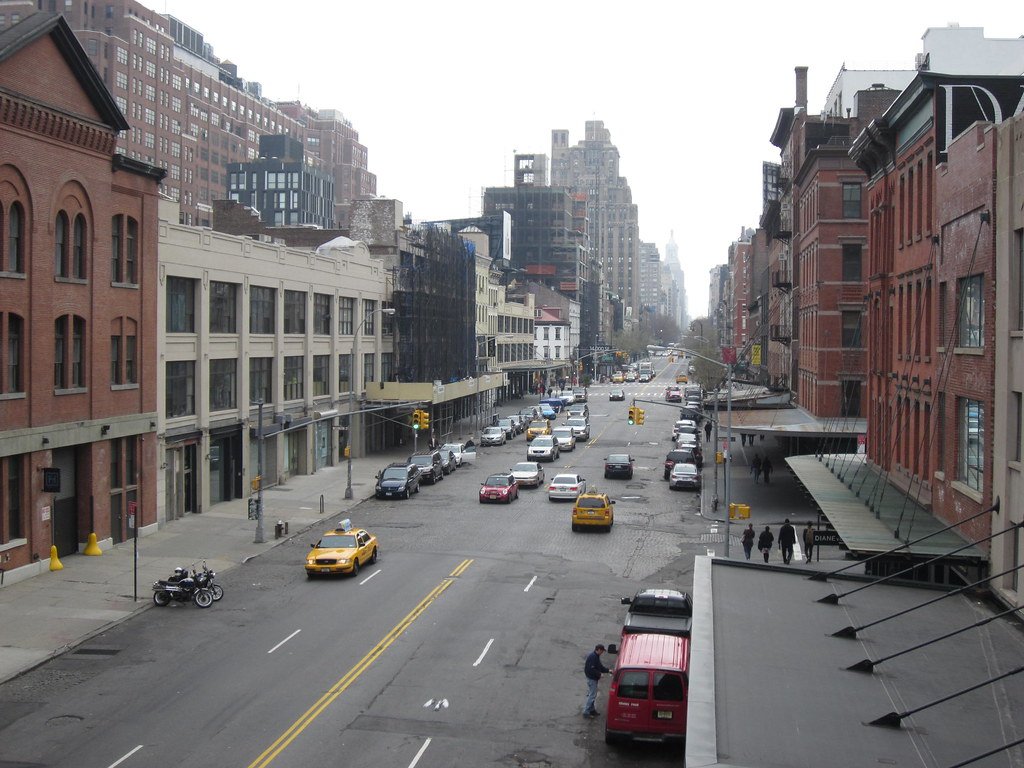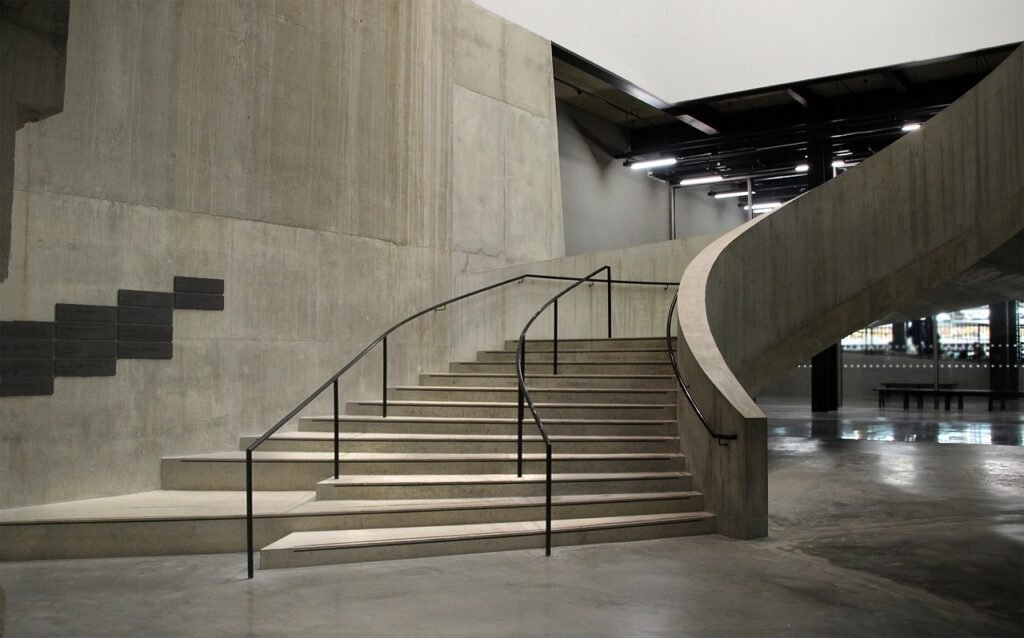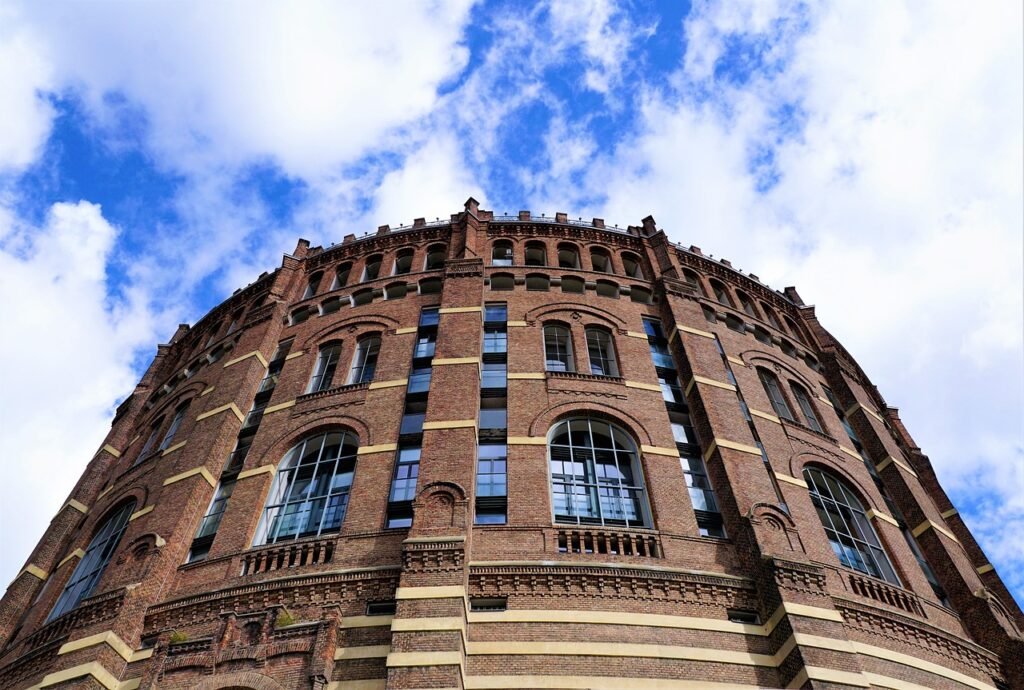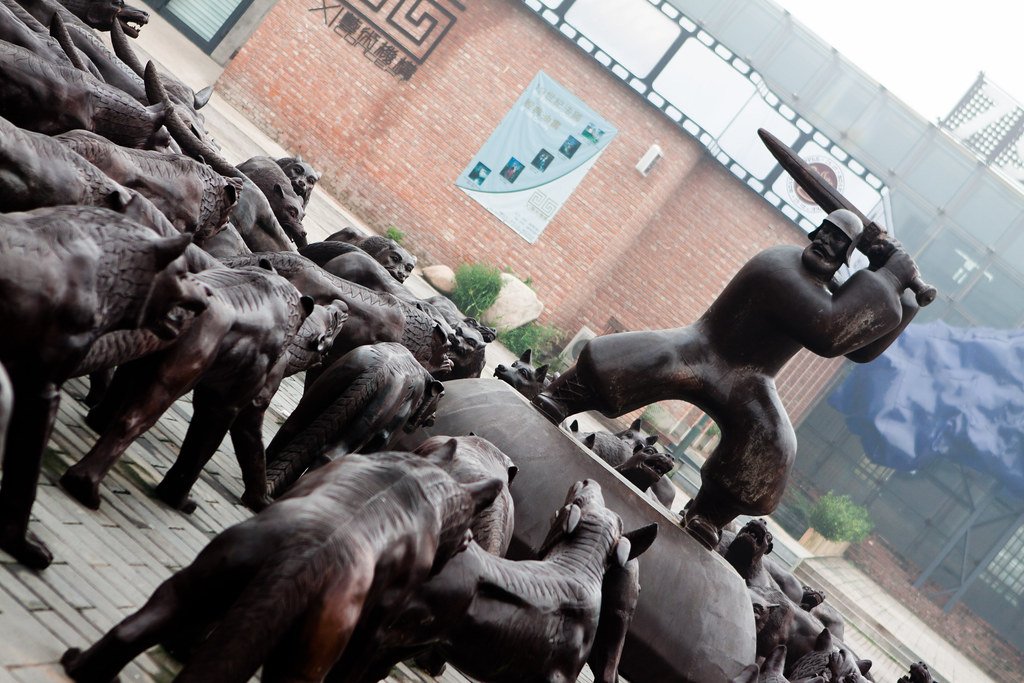The Art of Adaptive Reuse: Transforming Old Structures into Functional Spaces
In the ever-evolving world of architecture and urban planning, the concept of adaptive reuse has gained significant momentum in recent years.
With a growing emphasis on sustainability and the preservation of cultural heritage, architects and designers are embracing the art of repurposing old structures to create functional and innovative spaces.
Adaptive reuse not only breathes new life into forgotten buildings but also fosters a sense of connection with the past while addressing the present needs of society. In this article, we explore the art of adaptive reuse, its benefits, and some inspiring examples from around the world.
Understanding Adaptive Reuse
Adaptive reuse, also known as adaptive reutilization or building conversion, is the process of renovating and repurposing existing buildings or structures for uses different from their original intent.
It involves transforming older buildings into new, functional spaces that align with the contemporary needs and demands of the community.
The practice of adaptive reuse helps in conserving resources, reducing waste, and revitalizing urban areas, making it an integral aspect of sustainable architecture.
Benefits of Adaptive Reuse
1. Preservation of Cultural Heritage:
Historic buildings hold a wealth of cultural, architectural, and social significance. Adaptive reuse allows us to preserve these historical landmarks, ensuring that their stories and character are carried forward to future generations.

By giving new life to old structures, adaptive reuse celebrates the cultural heritage of a place and helps in maintaining a sense of continuity in a rapidly changing world.
2. Sustainable Approach:
Sustainability lies at the heart of adaptive reuse. Rather than demolishing existing structures and constructing new ones, adaptive reuse minimizes the consumption of resources, including raw materials and energy.
This process significantly reduces construction waste and the carbon footprint associated with new developments. By reimagining existing buildings, architects can contribute to a greener and more environmentally conscious future.
3. Cost-Effectiveness:
Adaptive reuse is often more cost-effective than building from scratch. Renovating existing structures can save on construction expenses, as well as time.
Additionally, adaptive reuse projects may be eligible for tax incentives and grants, encouraging property owners to invest in sustainable and preservation-focused initiatives.
4. Fostering Community Engagement:
Adaptive reuse projects often involve close collaboration with local communities and stakeholders. The process of transforming a familiar structure can evoke a sense of ownership and pride among the community members.
When an old building is revitalized to serve the current needs of the neighborhood, it creates a positive impact and fosters community engagement.
Inspiring Examples of Adaptive Reuse
1. The High Line, New York City, USA:
The High Line is a prime example of successful adaptive reuse in an urban setting. What was once an abandoned elevated railway track has been transformed into a lush, linear park that weaves through the cityscape.

The High Line is a cherished public space that attracts visitors and locals alike, offering stunning views of the city and a tranquil escape from the hustle and bustle below.
2. Tate Modern, London, UK:
The Tate Modern, one of the most visited modern art museums in the world, is housed in the former Bankside Power Station. This iconic building was adapted into an art gallery, showcasing contemporary art and creating a cultural hub along the River Thames.

The successful transformation of this industrial structure into a world-renowned art institution is a testament to the power of adaptive reuse.
3. The Gasometer, Vienna, Austria:
A striking example of adaptive reuse on a grand scale, the Gasometer in Vienna is a complex of four massive gas storage tanks that have been repurposed into residential, commercial, and entertainment spaces.

Each gasometer houses modern apartments, offices, shopping centers, and event venues, demonstrating how innovative thinking can breathe new life into industrial relics.
4. The 798 Art Zone, Beijing, China:
The 798 Art Zone in Beijing was once a cluster of abandoned industrial buildings. Today, it is a vibrant art district, home to numerous galleries, studios, and creative spaces.

The adaptive reuse of these old factories has transformed the area into a thriving arts and cultural destination, attracting artists and art enthusiasts from around the world.



Add Comment